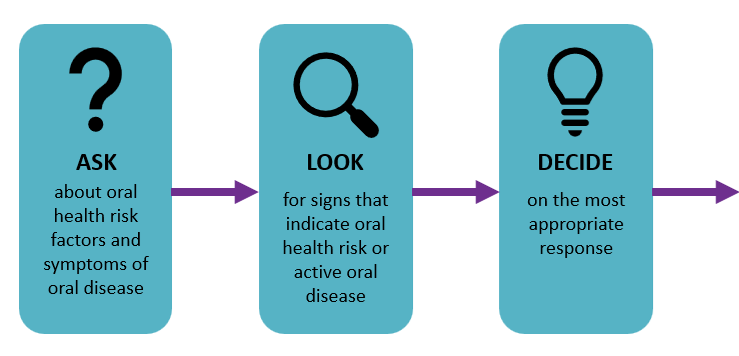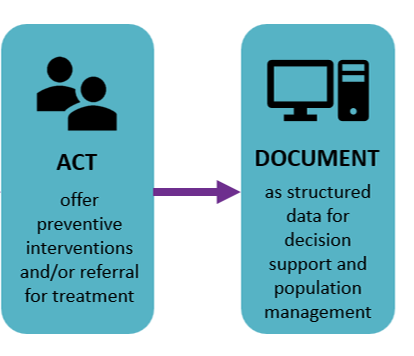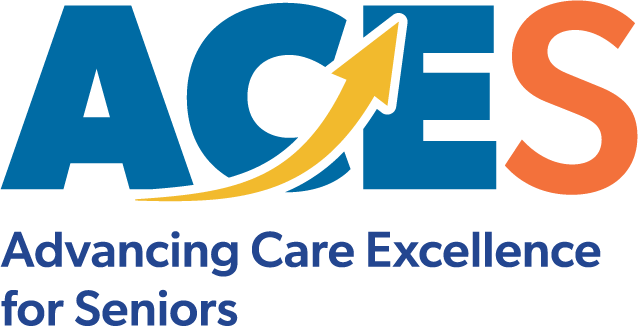Performing Oral Health Assessments on Aging Patients
Oral health assessment for older adults is directed at integrating oral health into overall health. Students will determine plans to ensure that older adults receive oral health care.
Performing Oral Health Assessments on Aging Patients
Download All Files for This Teaching Strategy
Learning Objectives
- Develop interprofessional and oral health skills with older adults.
- Assess oral health in older adults.
- Describe the role of the nurse when providing oral health care to older adults.
Learner Prework
This teaching strategy incorporates the ACE.S Essential Nursing Actions: Assess Function and Expectations, Coordinate and Manage Care, and Make Situational Decisions. The strategy utilizes the Smiles for Life curriculum from the Society of Teachers of Family Medicine. Access the Smiles for Life Curriculum at http://www.smilesforlifeoralhealth.org.
Have students read the following article, which offers an educational and clinical innovation designed to promote interprofessional oral health workforce capacity:
Haber, J., Hartnett, E., Allen, K., Hallas, D., Dorsen, C., Lange-Kessler, J., … Wholihan, D. (2015). Putting the mouth back in the head: HEENT to HEENOT. American Journal of Public Health, 105(3), 437-441. Retrieved from http://ajph.aphapublications.org/doi/full/10.2105/AJPH.2014.302495
Ask students to read the Caries Management by Risk Assessment Oral Health delivery Framework: http://www.safetynetmedicalhome.org/sites/default/files/oral-health-delivery-framework.pdf
Ask the students to pay special attention to the framework, which provides a guide for assessment of oral health for older adults.
Suggested Learning Activities
Utilizing the Oral Health Assessment Tool (OHAT) ‐ Modified and the Oral Health Delivery Framework, ask the students to assess their older adult patients for oral health. Students can do this assessment in both acute and long-term care settings.


Student will implement Oral Health Delivery framework in caring for older adult
ASK – about oral health of older adult using the Oral Health Assessment Tool (OHAT) ‐ Modified.
LOOK – perform an oral health exam on the older adult using HEENOT and the Smiles for Life Module 7
- List the important points to look for in the oral physical examination (HEENOT) :
- Lips, tongue, mucous membranes, teeth
DECIDE your nursing diagnosis for the oral health needs of the older adult in the community.
- Develop a patient-centered management plan that includes oral health interventions.
- Develop a risk profile that includes oral and oral–systemic health problems.
- List potential problems.
ACT – Name three preventive oral health interventions you will implement.
List two oral health referral sources in the community for the older adult.
DOCUMENT – Student will document oral health assessment in Typhon.
Suggested Reading
Centers for Disease Control and Prevention Information for Older Adults
The above link provides information regarding the wellbeing of older adults.
Jablonski, R. A., Therrien, B., & Kolanowski, A. (2011). No more fighting and biting during mouth care: Applying the theoretical constructs of threat perception to clinical practice. Research and Theory for Nursing Practice, 25(3), 163-175. doi:10.1891/1541-6577.25.3.163
Hummel, J., Phillips, K. E., Holt, B., & Hayes, C. (2015). Oral health: An essential component of primary care. Qualis Health. Retrieved from http://www.safetynetmedicalhome.org/sites/default/files/White-Paper-Oral-Health-Primary-Care.pdf
Patel, R., Gallagher, J.E. Healthy ageing and oral health: priority, policy and public health. BDJ Open 10, 79 (2024). https://doi.org/10.1038/s41405-024-00262-z
The Try This:® Series from the Hartford Institute for Geriatric Nursing (HIGN) at the NYU Rory Meyers College of Nursing contains many evidence-based assessment tools. The tool, an article about using the tool, and a video illustrating the use of the tool, are all available for your use.


